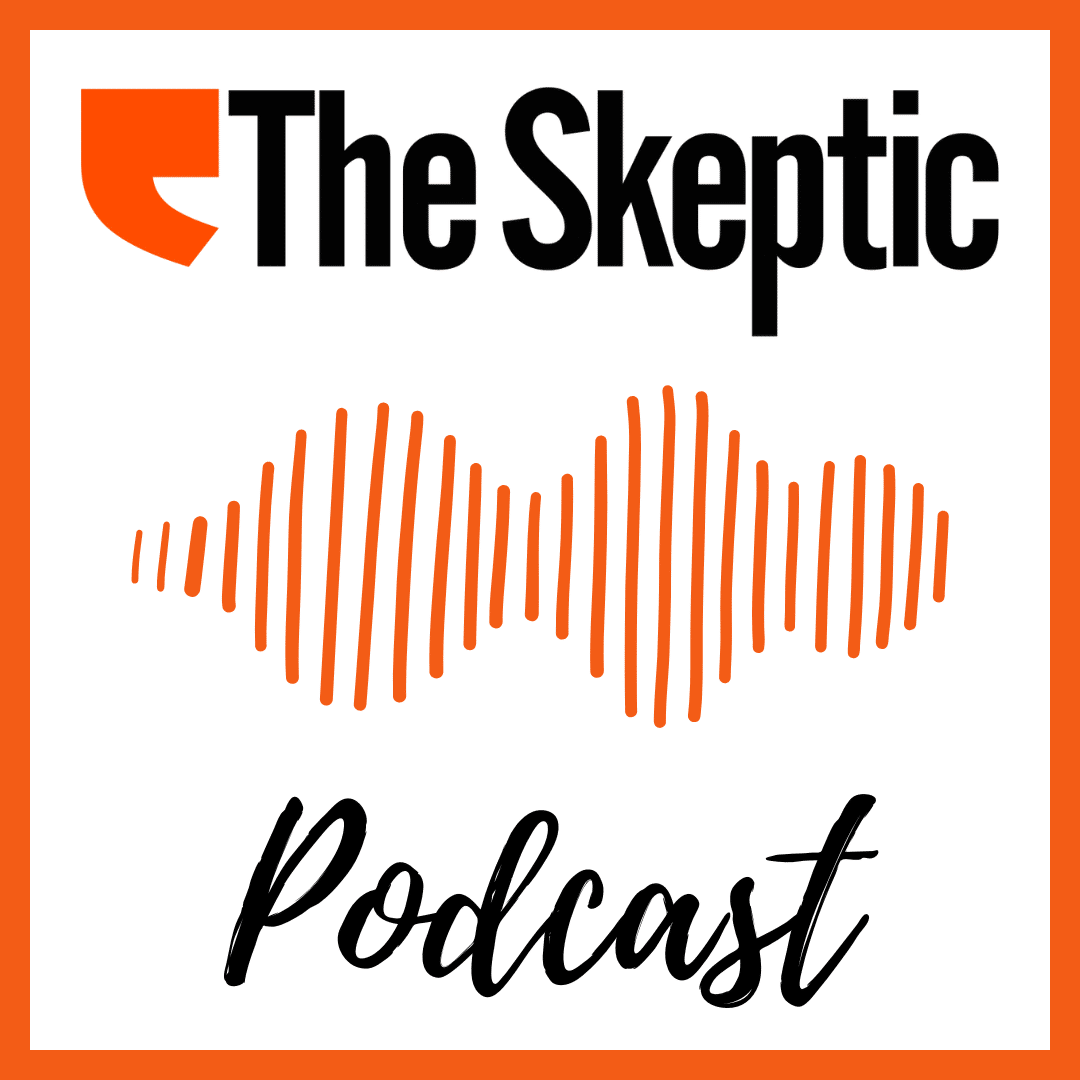I am a weightlifter in a sport also known as Olympic weightlifting: I throw weights over my head for fun. I did do a 10km road race once, hoping that if I committed and trained seriously I’d find the elusive ‘runner’s high’, and get into running. I hated every minute of it. So there’s my bias: hate running, love weights. And to cut straight to the conclusion, that’s essentially the bottom line when it comes to exercise: whatever you enjoy, whatever will motivate you to be active, that’s what’s best for you. But there is some science that is worth knowing about.
First, let’s talk about types of energy generation. Aerobic exercise is exercise that you can continue for minutes to hours. It burns oxygen directly. Anaerobic exercise is more strenuous exercise, in shorter bursts, like cycling uphill. There isn’t enough oxygen available, so cellular respiration continues without it, storing up lactate – which is why your legs get so sore when cycling uphill. A brief respite will allow the oxygen-dependent metabolism of lactate, so that the dreadful burning goes away. There is a third form of cellular respiration, which generates a super-high energy burst lasting seconds, and doesn’t create lactate, but it does need a 3-5 minute recovery time before it’s available again, which is why exercise like weightlifting involves a lot of sitting down.
While different forms of exercise use these 3 systems to various degrees, exercise is usually categorised as primarily cardio-vascular or primarily strength-focused. Cardio gets your heart and lungs working harder, which increases their efficiency. There are different ways of addressing getting stronger, depending on what your goals are.
The UK government guideline for exercise recommends 150 minutes of moderate intensity, or 75 minutes of vigorous intensity every week, spread over 4-5 days, and to do strength training twice a week. For the over 65s, balance and flexibility work is recommended in addition (although these are key functional skills for everyone).
Examples of moderate activity include brisk walking, doubles tennis, dancing, or cycling. Vigorous activity includes running, swimming, speed or hill cycling, football, squash, skipping or martial arts. The aim of these recommended exercise levels is to make us physically fitter and stronger, but does it do any more than helping us catch that bus, or allowing us to help someone move their fridge?
Anyone who has done a couch to 5k, aerobic cardio, knows that starting to exercise is hard, but with gradual increments what was hard becomes easier. We are able to push ourselves further and further. Research has focused on the health outcomes of aerobic exercise, and found the benefits to be many and varied. They include reduced blood pressure, better insulin sensitivity and better cholesterol control, all of which contribute to lowering the risk of metabolic disease, so lowering the risk of heart attacks, strokes and type 2 diabetes. In addition, cognitive and mental health benefits have been found.
HIIT (High Intensity Interval Training) is a form of vigorous exercise reputed to be highly beneficial in only a short time, and is particularly useful if time is lacking, as it’s full-on exercise which only lasts seconds, with only seconds of rest in between. HIIT is a cardio exercise, but often incorporates strength elements. Because of the rapid boost HIIT can give to cardio-respiratory fitness it has even been suggested that some training before major surgery can reduce the recovery time.
Strength
Another brief diversion, this time into the different goals of different types of strength training. Bodybuilding (for the older readers, think Arnie Schwarzenegger in his heyday) is an aesthetic discipline, with the aim of building a ‘perfect’, symmetrical physique. Powerlifting builds absolute strength, and at maximal effort this will be very slow. Competitive powerlifting involves deadlifts, squats and bench-presses – often the same lifts people do when weight training in the gym. Weightlifting is, perhaps confusingly given the nomenclature, about generating maximal power (as in force*acceleration). The aim is to raise the barbell as fast possible and catch it in the air. They are high energy, ballistic lifts, and can also be cardio-intensive. The focus is on the clean and jerk, and the snatch (even to lifters, complementing their nice snatch never gets tired!).
Yoga also has a strength focus and crucially also improves flexibility or suppleness – the third arm of the functional fitness triad along with stamina and strength.
At its most basic however, strength training can simply be standing up and sitting down, picking something up from the floor and putting it down again, or moving two soup cans overhead. Body-weight exercises, such as variations of pull-ups and press-ups, can also be done at home.
Balance
Strength and balance are closely linked – strength improves balance. Being stronger, and more in control of your body, is functionally useful: picking up children, carrying shopping, putting something away overhead, that sort of thing. But on top of those benefits, stronger muscles protect joints; moving weight strengthens bones, reducing the risk of osteoporosis; and more muscle bulk leads to a higher metabolism, which many people like because it allows them to eat a little more. There is also robust evidence that it also benefits cognitive function and mental health. Grip strength is even suggested as an easily measurable biomarker that is linked to numerous health outcomes.
The frail elderly are a special case, and are at risk of falls, illnesses and cognitive decline. They are both less strong and less physically active. Intervention studies have been found to be beneficial. At this level of fitness, it is impossible to disentangle cardio from strength work, as without some focus on both, neither is possible.
Ideally one would want to combine strength training and cardio. There is good evidence that including strength training is beneficial to other sports and helps to avoid injuries. Running or cycling similarly improves stamina generally. Sports needing more explosive strength lean towards the Olympic lifts for help. But what does this tell us for someone who simply wants to improve their physical and mental health?
Reaching the government guidelines might be optimal, but they aren’t possible for everyone. Even 10 minutes walking a day is beneficial, so starting small and achievable is the way to go, and that may be enough for many people. It can be easy to give up if the guidelines seem unreachable because of time constraints or disability, so knowing that just 10 minutes is worth it can be empowering. This is behind the concept of exercise snacking, that just a few minutes at a time has been shown to be beneficial. The best exercise for anyone is the one they feel motivated to continue: If you like training with others, join a class or train with a buddy; if running clears your mind, then run; if throwing weights around gives you a buzz, then do that.
It’s always best to take tips from others when starting out, to avoid injury. If you get bitten by the bug, it’s a good idea to balance your cycling with weights, or your weights with yoga. If it never becomes a joy, then find what’s most tolerable – the benefits may grow on you and make it worthwhile. There are so many different ways to exercise and so much to gain that there is something for almost everyone.



